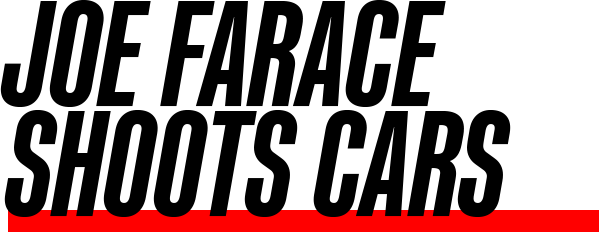Today’s Post by Joe Farace
“If I have any ‘message’ worth giving to a beginner it is that there are no short cuts in photography.” – Edward Weston
If a photograph is really about light, how is infrared photography about capturing images using invisible light? That’s why any kind of comparison to traditional photography are difficult. If you want to create a dramatic image, few things beat a beautiful sunrise capturing its vibrant colors. The same scene when photographed in infrared might be disappointing unless there’s some IR reflective subject matter withing the frame to add interest.
That glowing appearance of foliage you see in infrared photographs is created by the Wood Effect that not, bu the way, named after the material wood, which interestingly enough does not strongly reflect infrared but after infrared photography pioneer Robert W. Wood.

To help with your IR previsualization, here’s one of Farace’s Laws about shooting infrared photographs: If the lighting looks great for a conventional photograph, it’s probably not going to work all that well for infrared photography. But don’t take my word for it; you need to experiment because when working in infrared you never know what the results will be until you try.
Summer landscapes with deciduous trees, grass and puffy clouds often make a great infrared picture but there are no ‘official’ subjects for digital IR photography. Evergreens, like the Ponderosa Pines that abound here here on Daisy Hill for example, don’t reflect as much infrared as deciduous trees but depending on the invisible light will reflect some IR light. But don’t confine your infrared photography to just landscapes. I like to shoot cars in infrared, especially outdoors where there’s some greenery in the background.
How I made this shot: I photographed this Lotus Europa with a Canon EOS 50D that had been converted for IR-only capture by LifePixel. The lens used was a Russian-made 16mm Zenitar f/2.8 that I bought on eBay. And because infrared lights focuses on a different plane than visible lit, focusing can be a challenge and to insure sharp focus I set the lens at its hyperfocal distance for the aperture selected. Exposure was 1/125 sec at f/16 and ISO 200 but I used the camera’s exposure compensation feature to add 1-1/3 stops to make the whites sparkle.
Any subject is fair game if you want to produce interesting digital infrared images. Experiment with different subject matter to discover what works best. You may be surprised at the variety of subjects—especially cars—that you can find for your IR photographs.
 I’ve found that Life Pixel does a great job with IR conversions and they’ve done most of the conversions for my Canon DSLRs and all my Panasonic Lumix cameras. This is not a paid or sponsored endorsement, just my experience.
I’ve found that Life Pixel does a great job with IR conversions and they’ve done most of the conversions for my Canon DSLRs and all my Panasonic Lumix cameras. This is not a paid or sponsored endorsement, just my experience.
My book, The Complete Guide to Digital Infrared Photography is available from Amazon for $32.45 with used copies starting around $14.00 as I write this. One of my favorite books, Creative Digital Monochrome Effects, has a chapter on IR photography and is available from Amazon for $19.50 with used copies starting at around two bucks as I write this. There’s no Kindle versions, sorry.
